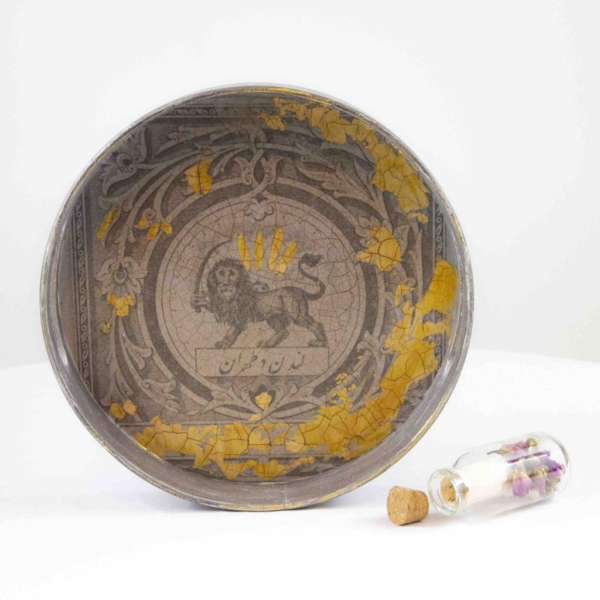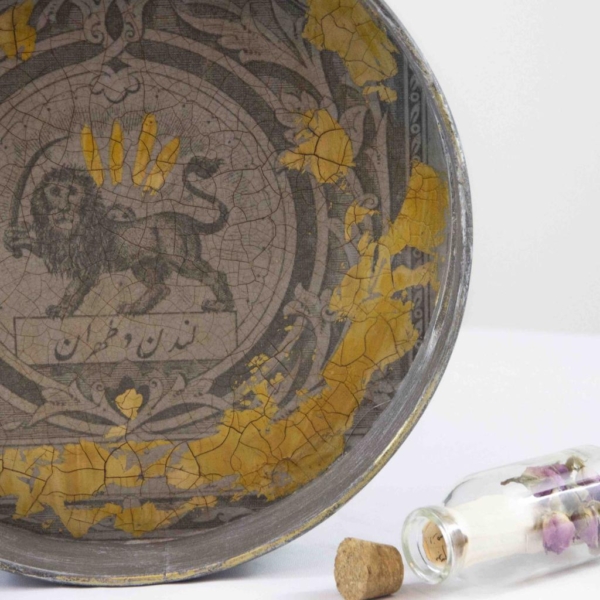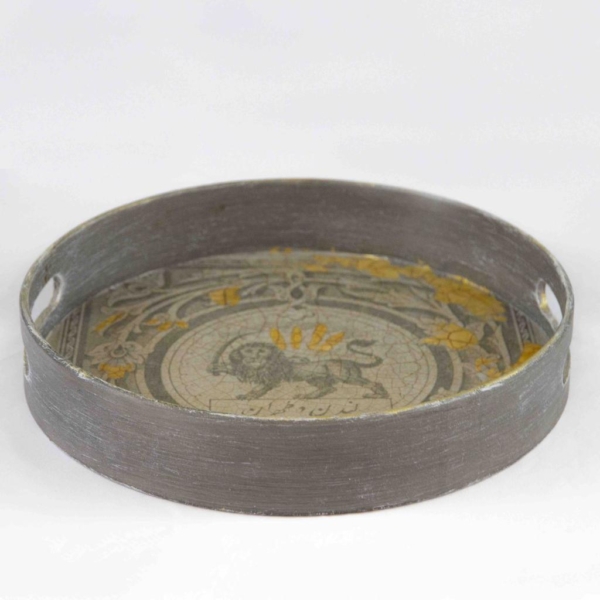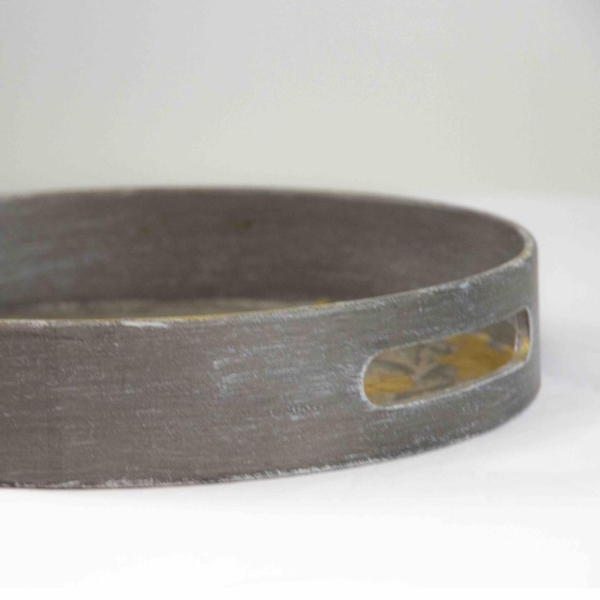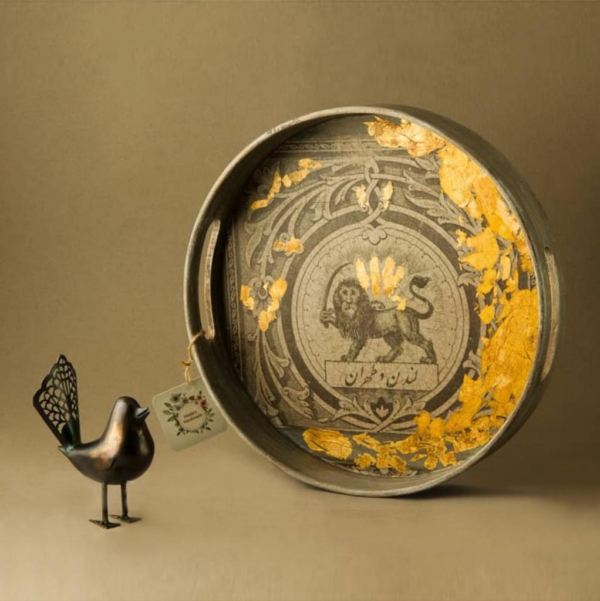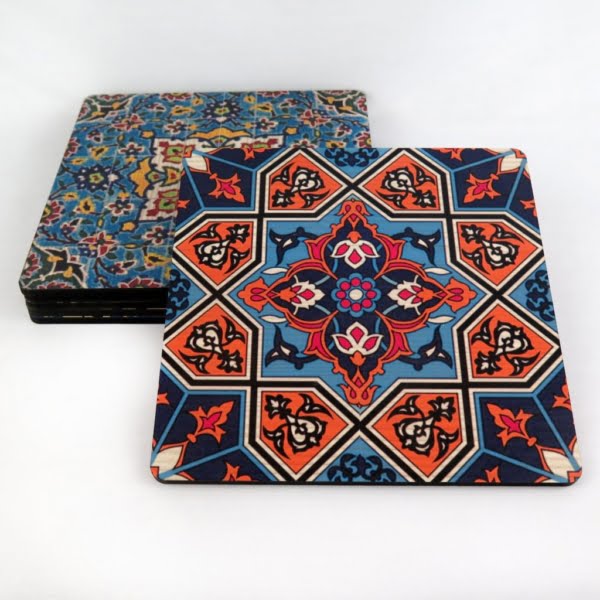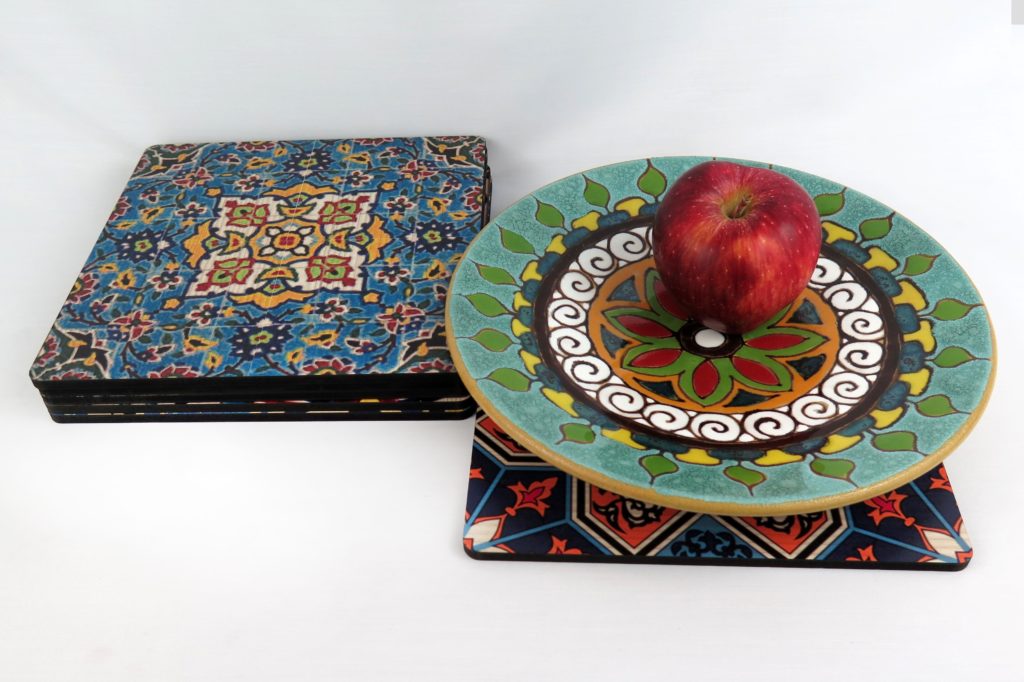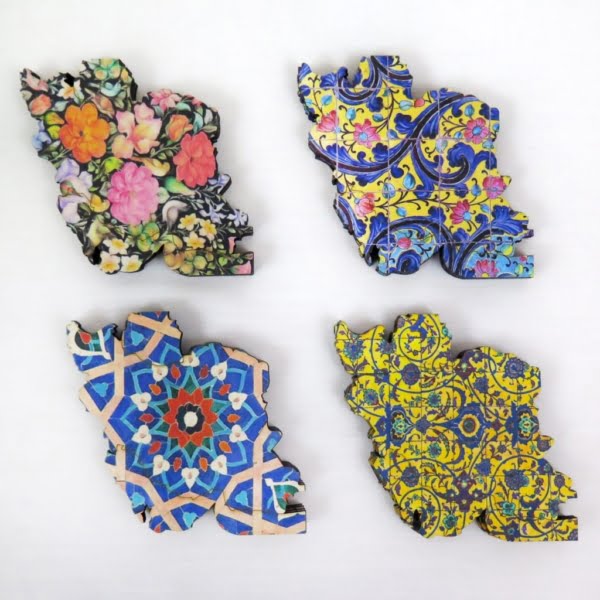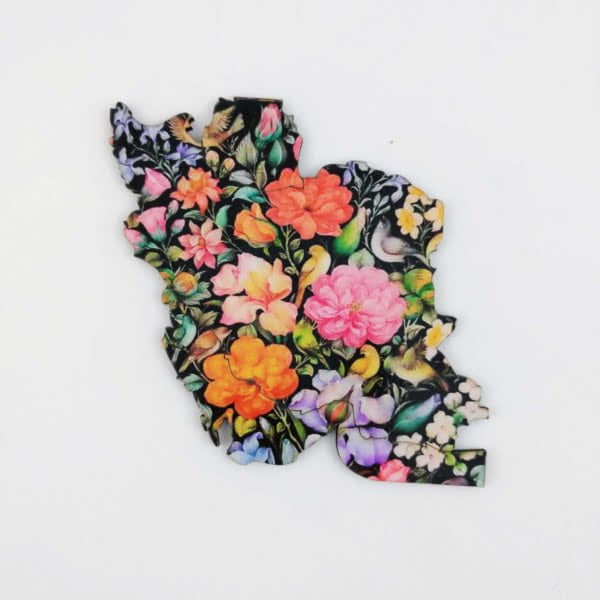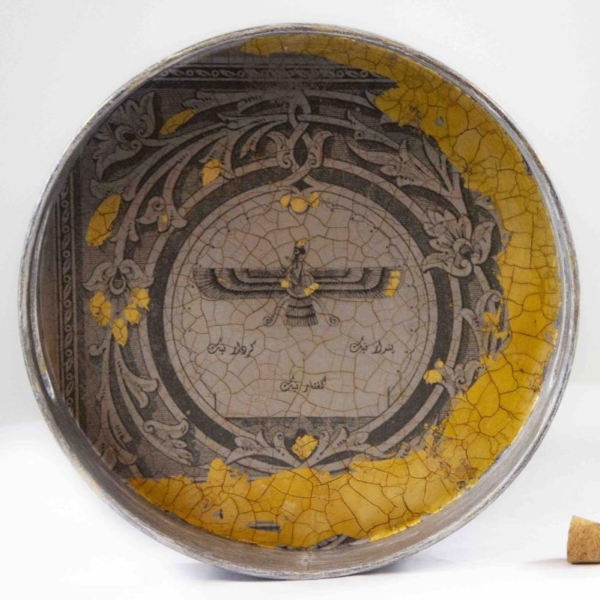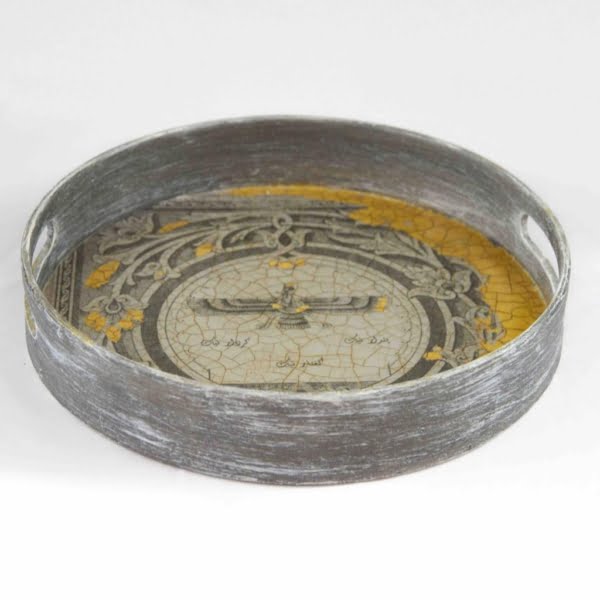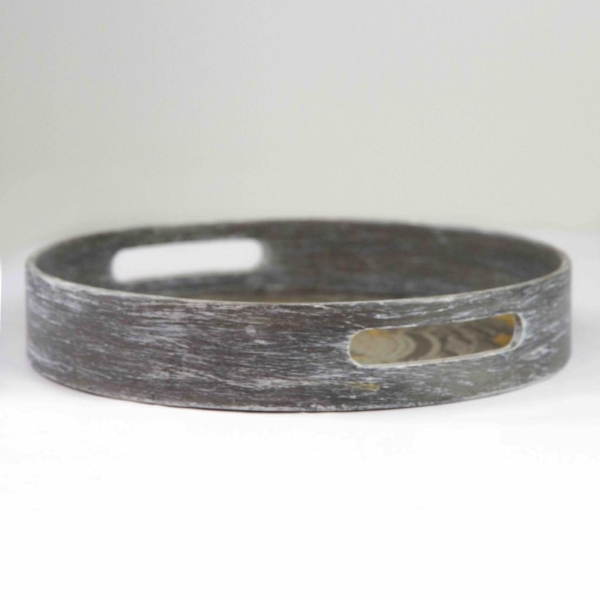Wooden Tray
- Wooden tray inspired by Persian miniature art.
- Size: 30 x 40 cm.
Discover our tray collection click here.
At Persis Collection yo can find wide rang of products decorated with Persian and Middle Eastern art.
Persian miniature
Is a small painting on paper. Whether a book illustration or a separate work of art intended to be kept in an album of such works called a muraqqa.
Although there is an equally well establish Persian tradition of wall painting. The survival rate and state of preservation of miniatures is better. And miniatures are much the best-known form of Persian painting in the West.
Persian miniature is a traditional style of painting that originated in Persia (present-day Iran) and flourished during the Safavid era in the 16th and 17th centuries. These miniature paintings are typically small in size and highly detailed, often featuring intricate designs and patterns, as well as vibrant colors.
Persian miniature paintings typically depict scenes from Persian literature, such as epic poems, romantic tales, and religious stories. They often feature figures with large, expressive eyes, delicate facial features, and flowing garments. The background of the paintings is often highly detailed, featuring intricate patterns, landscapes, or architectural elements.
Persian miniature paintings were traditionally created using natural pigments and dyes, such as lapis lazuli, gold, and vermilion, and were painted on paper or parchment. The painting process involved a high level of skill and attention to detail, and the artists often worked for months or even years to complete a single painting.
Today, Persian miniature painting is still practiced by artists in Iran and around the world, and it continues to be a highly regarded art form. Persian miniature paintings can be found in museums and private collections, and they are often used in books, illustrations, and other decorative applications.
The Lion and Sun (Persian: شیر و خورشید, pronounced: shir o khorshid) is one of the main emblems of Iran (Persia).











